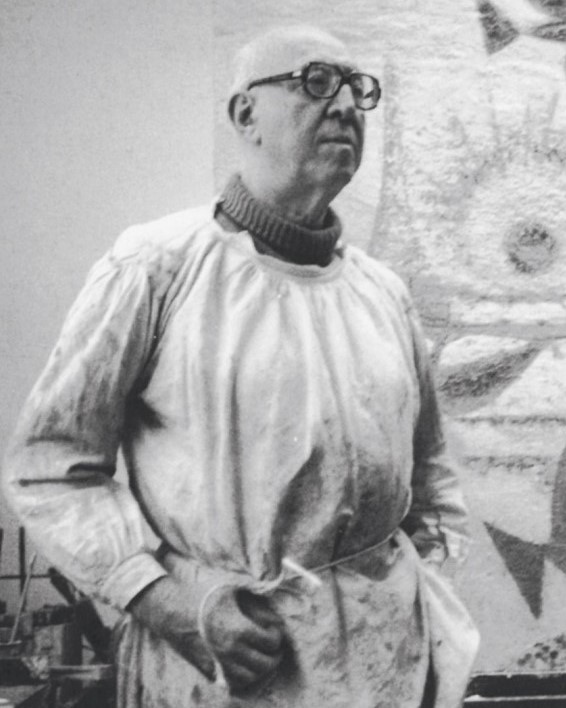Fiszel ZBER
January 4, 2019Naoum ARONSON
January 4, 2019Gabriel ZENDEL
PARIS 1906-1992
Gabriel Zendel’s mother, Regina Jaskierowitz, was originally from Poland. His father took him on to work with him at his bookshop in avenue Jean- Jaures, Paris, when Gabriel was fourteen years old. The young Zendel set up an easel at the back of the shop. His parents encouraged him to paint at a young age. In 1925, Zendel enrolled in the Institute of Contemporary Aesthetics in rue Notre-Dame-des- Champs, where Paul Bornet was a professor. The next year, he did his national service in Morocco for eighteen months. Back in Paris, he resumed studying under Paul Bornet who taught him the techniques of engraving on copper and wood, as well as to make prints. He studied for three years. At the same time, he earned his living by working in advertising. He traveled to Holland and to northern Italy from where he brought numerous drawings.
In 1929, Zendel sold his first painting Landscape of Montmartre and enjoyed a certain celebrity. On the request of Jean Cassou, the state bought one of his paintings. Zendel did not travel much, but he enjoyed drawing in the vicinity of Paris, in Meudon and Chaville. After the war broke out, he was mobilized to serve in a hospital train. He continued to draw and sent his works to Amiens, with the aim of organizing an exhibition, but everything disappeared when the city was destroyed. In December 1939, he married Agathe Schneider. He was discharged from service in July and returned to Paris. He was arrested but managed to escape and settled in Cannes where he painted relentlessly. Following the war, he returned to his studio in Paris. In 1947, Zendel produced twenty-five drawings for Léon- Paul Fargue’s Le Cirque and planned to publish a book on dance. However, this plan remained a draft. In 1949, he went to America on the occasion of an exhibition of his works at the Durand-Ruel Gallery in New York. The collector Stephen Clark bought a painting. Durand-Ruel organized several exhibitions of Zendel’s work in Paris.
Stories of Jewish Artists of the School of Paris 1905-1939
FRENCH-ENGLISH
Capitale des arts, le Paris des années 1905-1939 attire les artistes du monde entier. De cette période de foisonnement, un terme est resté, celui d'Ecole de Paris, qui recouvre une grande diversité d'expression artistique. Dans ce brassage dont Montparnasse est le creuset, un groupe se distingue : celui des artistes juifs venus de Russie, de Pologne et d'Europe centrale. Si leurs styles sont variés, un destin commun les rassemble : ils fuient l'antisémitisme de leur pays d'origine. Certains ont connu la célébrité dès les années 1920, tels Soutine, Lipchitz ou Chagall. D'autres n'ont pas eu le temps ou la chance d'y accéder. Près de la moitié a péri dans les camps de concentration nazis.
From 1905 to 1939, Paris attracted artists from all over the globe as the capital of the art world. This period of artistic proliferation became known as the School of Paris, and includes a great diversity of artistic expression. Within the teeming art world centred on Montparnasse, one group set itself apart: Jewish artists from Russia, Poland, and Central Europe. Although their styles were diverse, they shared the common fate of fleeing anti-Semitic persecutions in their home countries. Some became famous in the 1920s, such as Soutine, Lipchitz, and Chagall, while others did not have the time or the luck to gain renown. Nearly half of these artists died in Nazi concentration camps.





